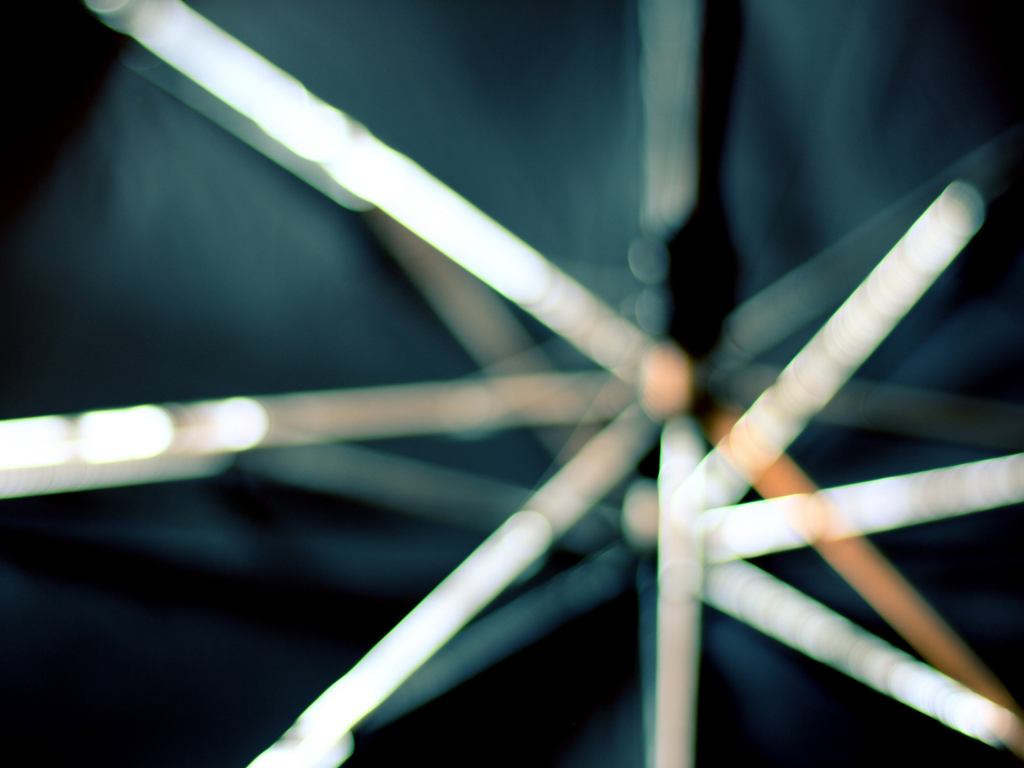From resurrecting the wooly mammoth to 23 & Me, the blending of the DNA code and computer code is turning biology into biotechnology, bringing big data into pharmacology and healthcare, and redefining wellness. Meanwhile, robots are entering hospitals as diagnosticians and surgical assistants as well as orderlies; sensors are feeding doctors more data on their patients than they know what to do with; pharmaceuticals are being turned out in home labs; and prosthetics are making us all cyborgs to one degree or another. Biotechnology is extending far beyond healthcare into every facet of our personal and professional lives.
Scripps Institution of Oceanography, UC San Diego
Founded in 1903 as the San Diego Marine Biological Station, SIO has matured into a premier oceanographic research and teaching facility with close to 1500 faculty, post docs, graduate students, and support staff, and close to $200M in research expenditures. It's location alone—beachside in La Jolla—makes it worth a visit.
(Attendance is limited to 75 individuals)
The tour will include six of Scripps's many facilities:
Scripps Pier
We will walk the length of one of the world's largest research piers, view the boat launch, learn about current experiments, and observe how Scripps pumps millions of gallons of seawater daily for use in its onshore labs and aquarium. If we're lucky, we might see stingrays swimming below and other marine life nearby.
Hydraulics Lab
With wind–wave channels, flow channels, pressure-testing vessels, deep tanks, and a temperature/pressure calibration facility, there is much to see at the hydraulics lab. We will learn about the various testing units and observe experiments underway.
Instruments and Innovation Lab
SIO develops novel sensors, platforms, and autonomous vehicles to support a wide range of oceanographic and meteorological research. Here we will see prototype robotic sea gliders, copters, and other vehicles, and learn about the purpose of each.
Coastal Data Information Program (CDIP)
Here we will see wave buoys, from the inside and the outside. We will learn how these ocean observing stations continuously measure the coastal environment and how CDIP researchers manage the data they produce.Oceanographic Collections: Attendees will have a choice of visiting one of the two following Collections; please indicate your preference when registering:
Marine Vertebrates Collection
This collection contains 5M alcohol-preserved specimens in 120K lots, representing 5500 distinct species. That's a lot of jars of fish! The collection manager will perform show-and-tell on some of his favorites.
Geological Cores Collection
This physical library of core samples from the seafloor and sub-seafloor is among the oldest and largest collection of marine geological samples. Attendees will learn about the sampling and analysis of the cores and will venture into the cold room that stores the 15K core sections.
Birch Aquarium
The morning will conclude with a guided tour of Scripps's aquarium, with living tide pools, seahorse nursery, corals, fish, kelp, how climate change is affecting the oceans, and so much more. SIO researchers will be on hand to discuss specific exhibits in their respective areas of expertise.

